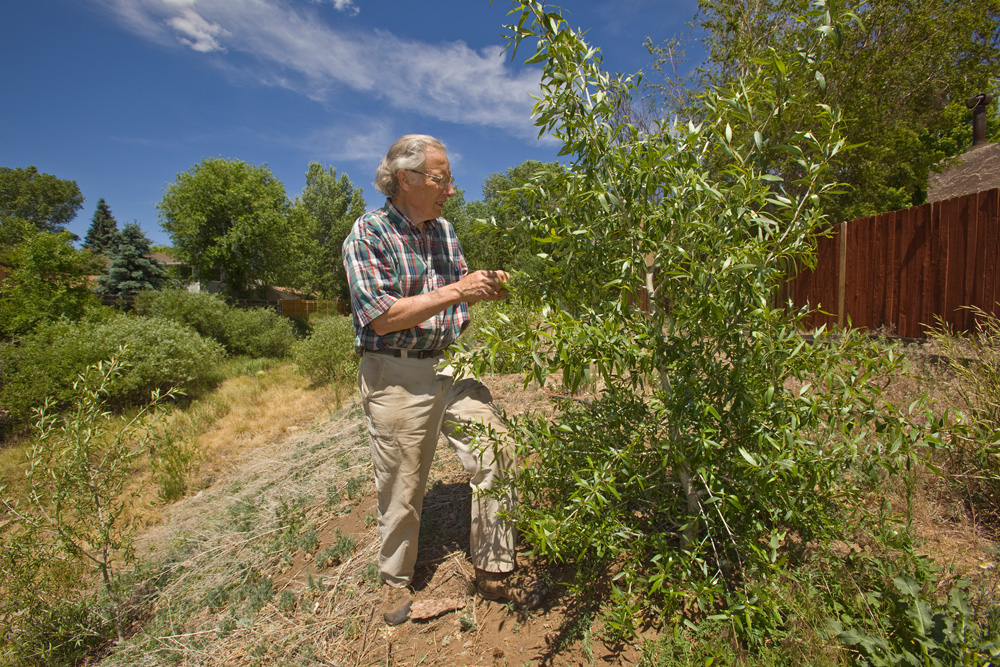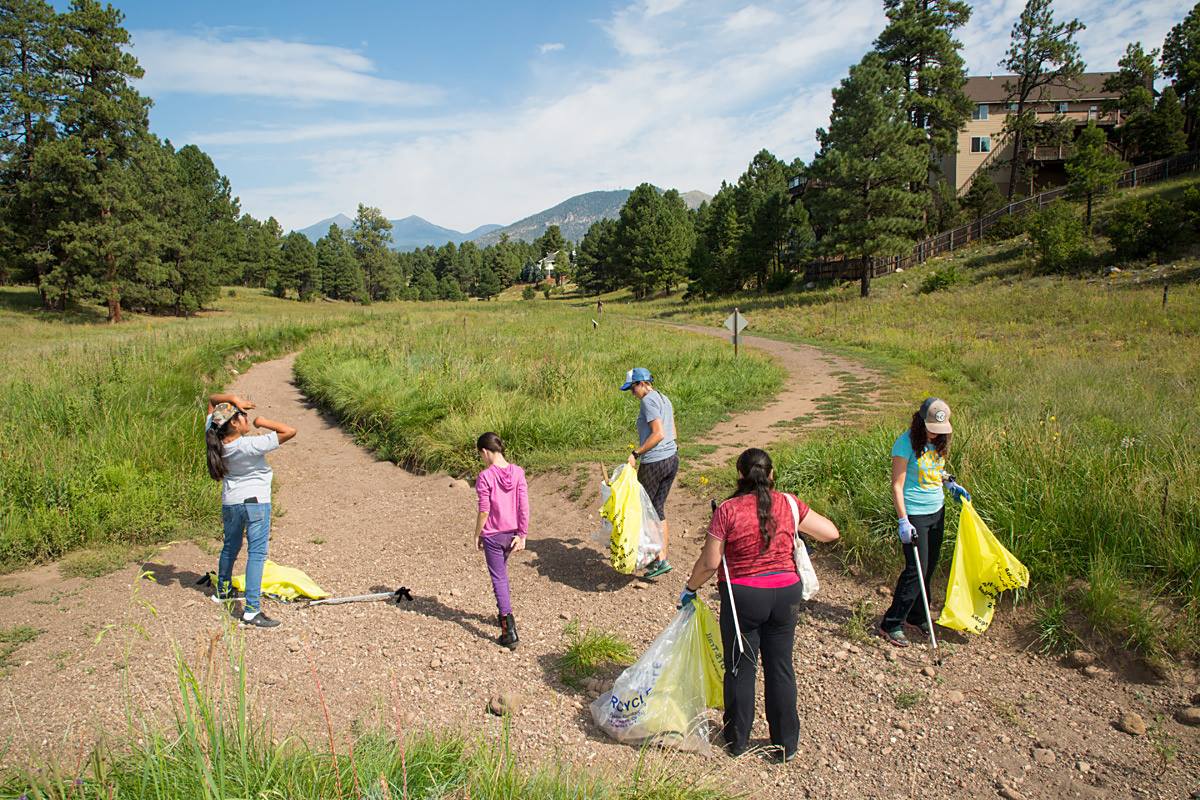Coconino Voices: Flagstaff’s relationship with floods
Arizona Daily Sun • July 25th, 2018 • Special to the Daily Sun by Matthew Muchna
Since when is too much water been an issue in Arizona? After torrential downpours a week ago caused street closures across Flagstaff and evacuations in Havasupai Falls, flooding has become a forefront issue in northern Arizona once again.
Flooding has been a problem in Flagstaff since its founding in 1888. A massive flood in 1903 sent the wooden boardwalks and bridges of the quickly growing downtown Flagstaff downstream and established a 2- to 3-foot-deep mote at the doorstep of the historic Weatherford Hotel.
In 1993, Flagstaff experienced another flood. This one was categorized as a 25-year flood or a flood with a 1 in 25 chance of occurring in any given year. The 1993 flood created Lake Continental and flooded large sections of Flagstaff.
The Federal Emergency Management Agency (FEMA) often uses 100-year floodplain maps to designate funding for disaster relief. A 100-year flood in Flagstaff’s downtown and Southside Neighborhood is predicted to cause $916 million in damages, not to mention threats to public safety, health, and even life.
The FEMA 100-year floodplain is significant for homeowners because: 1) a 100-year flood threatens property damage and human safety; 2) it restricts building capabilities and renovation projects, and 3) flood insurance premiums are costly and have risen exponentially over the past few decades.
The Flagstaff area experienced 100-year and 1,000-year floods on July 17 and 18 in some parts of town and the surrounding areas. Total costs from flood damage during these storms are yet to be determined.
Focus on Southside
The Rio de Flag’s narrow channel through the Southside neighborhood is not the original path taken by the river, but a human-made channel.
In the early 1900s, the Rio de Flag channel in the Southside was constructed to prevent flooding of (then) new, affluent Brannen Homes built just southeast of downtown.
Previously, the river flowed through downtown, along the railroad line, and down a much larger channel that is visible just east of Warner’s Nursery.
The human-made Rio channel was rerouted through the heart of the budding Southside community, home to many African-Americans and Latinx peoples who worked for the railroad or at the Lumberyards. Built too shallow and too narrow, the new channel created a flood risk for these residents.
Flooding in Southside became an issue of environmental justice when the Rio was rerouted through the neighborhood because Flagstaff was segregated at that time and the underserved, lower-income residents of the neighborhood became disproportionately prone to the risks of flooding.
This flood risk was recognized federally in 1983 when FEMA declared that much of the Southside and the North campus of Northern Arizona University sat in the 100-year floodplain.
Southside has been known historically for its racially diverse population, lively nightclubs and churches. However, flooding and other issues need to be addressed to enhance the quality of life for Southside residents.
What’s next for Southside?
Recently, city leadership has made updating the Southside Neighborhood Plan a priority. The goal of the plan is to assess and address current issues such as flooding, parking, and affordability and create a sustainable pathway forward for the neighborhood. Ultimately, the plan will be approved by City Council and adopted as policy.
Over the past few months, I worked with the city’s Community Development team to gain resident input for this plan. We went door-to-door to survey over 800 Southside residents and completed 129 surveys. Approximately 52 percent were renters, 24 percent homeowners and the other 24 percent were either landlords, had culture connections to Southside or worked in the neighborhood.
The majority of renters stated that flooding was not a major issue; however, for many homeowners, flooding was a top priority.
This community input will shape a neighborhood plan that represents the Southside’s vision for their neighborhood and addresses the most pressing issues for the residents.
Now is the time to bring the community together to address these changes.
EPA Outreach Coordinator Matt Muchna is with the Friends of the Rio de Flag.
To view this article online, please visit the AZ Daily Sun.



 More information at
More information at 
